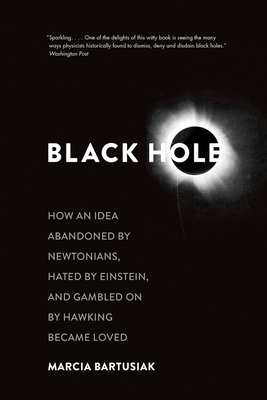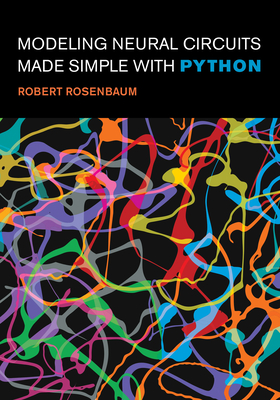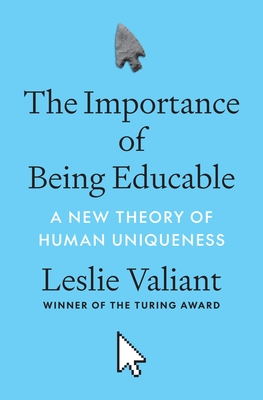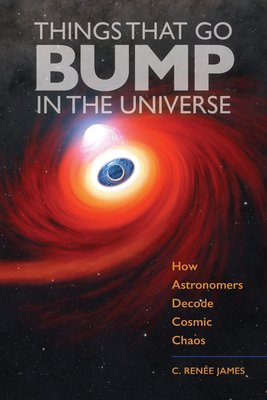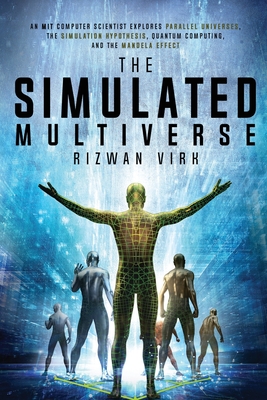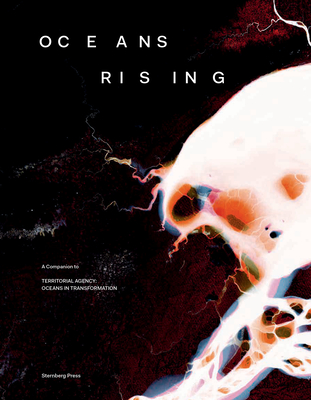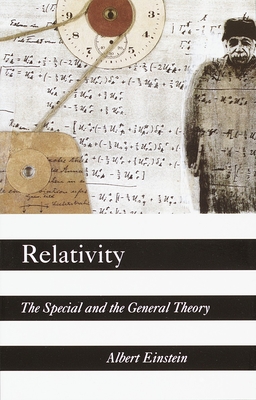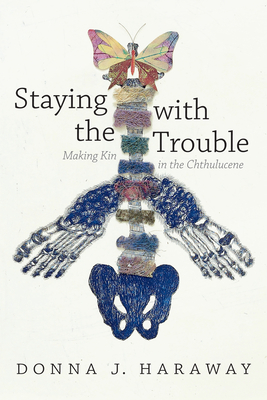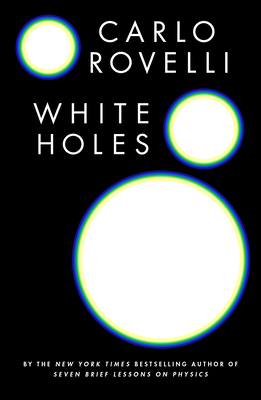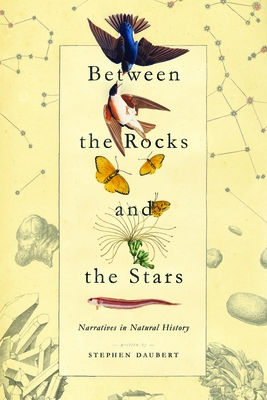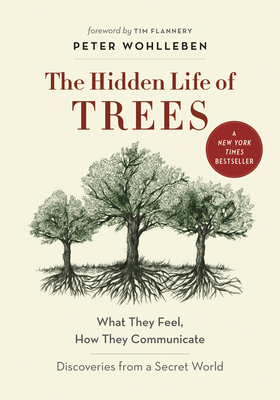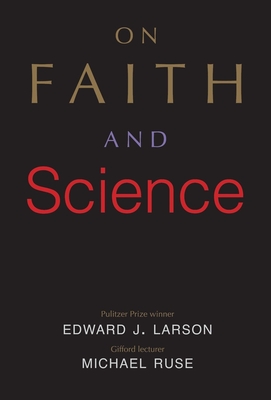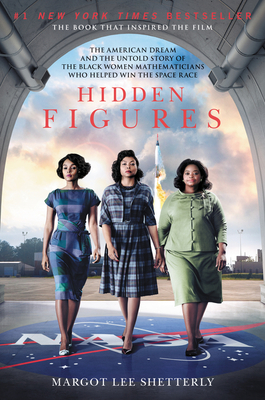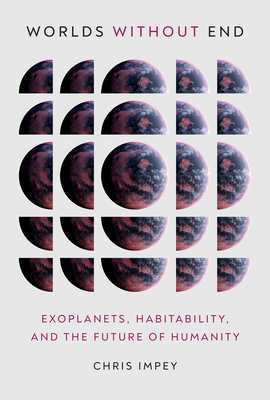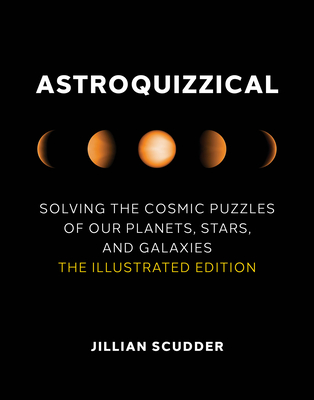
The Dawn of Astronomy: A Study of the Temple Worship and Mythology of the Ancient Egyptians (Mit Press)
Description
Long out of print, and difficult to come by on the used book market, The Dawn of Astronomy, first published in 1894, is now made available once again. In this book, Sir Norman Lockyer, one of the great astronomers of the past generation, applies his advanced knowledge of astronomy to certain problems of the archaeology of his day. "One of the many points already profoundly investigated by Egyptologists," writes the author, "has been the chronology of the kings of Egypt from their first monarch, whom all students recognize as Mena or Menes. All these inquirers have come to the definite conclusion that there was a King Mena, and that he reigned a long time ago; but with all their skill the final result is that they cannot agree to the date of this king within a thousand years... according to Bunsen, 3600 years B.C.; the earliest date, assigned by Boeckh, 5702 years B.C.; Unger, Brugsch, and Lespius give, respectively, 5613, 4455, 3892..." The problem of chronology was further complicated, Lockyer writes, because "Egypt being then a country liable to devastating wars, and to the temporary supremacy of different kingly tribes, it has been very difficult to disentangle the various lists of kings so as to obtain one chronological line, for the reasons that sometimes there were different kings reigning at the same time in different regions." In what way could astronomy contribute to the disentangling of chronology? It was Sir Norman's premise that the pyramids and temples of ancient Egypt were constructed "in strict relation to the stars, and that by applying a knowledge of astronomy to the actual site orientation of the various temples, accurate dating could be achieved. However, in order to accomplish this - in order to apply astronomy to an essentially archaeological problem - it followed that it was necessary for Lockyer to determine the level and ideas of astronomy held by the ancient Egyptians. Some of his inferences have been invalidated by later scholarship. But certain conclusions stand firm, and are providing, right now, a sensational lead into our understanding of archaic astronomy. It is worthy of comment that Lockyer's notions are capable of stirring controversy in our own day. Lockyer had also directed his attention to the problem of dating Stonehenge, in England. Along with F. C. Penrose, in 1901, he authored an article published in the Proceedings of the Royal Society dating Stonehenge at 1500 B.C. His theory was dismissed by archaeologists. But in late October of 1963, Professor Gerald S. Hawkins of Boston University and the Harvard-Smithsonian Observatory published his own findings on Stonehenge in Nature Magazine. Professor Hawkins had employed an electronic computer to correlate his data. "I believe that this is the first time such correlations have been determined in detail--possibly because the magnitude of the task has deterred workers without access to machine computers." One conclusion that he draws is that "Lockyer's statement is substantially correct for 1500 B.C." The London Times in commenting on Professor Hawkins' findings had this to say: "He may not himself carry archaeologists the whole way with his arguments, but he has given them more to bite on than they have had before from any astronomer."

